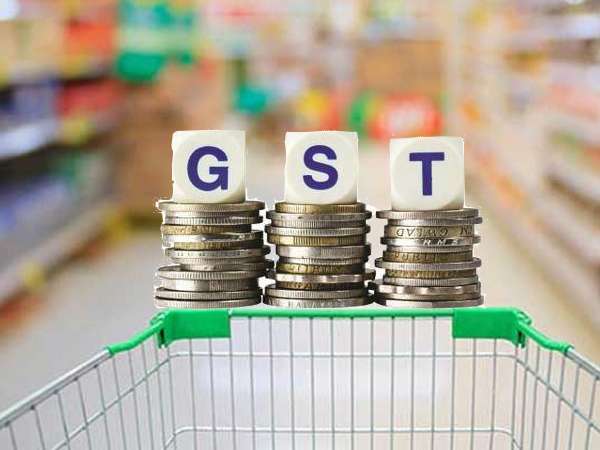The GST which stand for Goods and service tax was implemented in India in 2017. Before GST there were several indirect taxes applied to the taxpayers, but with GST coming into the picture, now there is only one uniform tax system. The GST was introduced to eliminate too many indirect taxes and get hold of the tax evaders.
Earlier, in different states, different tax rates were applicable for same goods and services, but GST has brought uniform tax rate across the nation. After GST, there is no need to pay any other tax. GST is considered as the most recent economic reforms of the decade. GST is now imposed by both state and central government.
The Government has also taken the initiative to introduce online GST portal so that people can submit tax return without any hassle. However, still, there is a lot of confusion regarding GST amongst people.
Here’s a look at the eight important points people need to know about GST:
- Under the GST tax regime, CGST and SGST both will be charged on the manufacturing cost of goods. These taxes will be collected at the point of sale.
- The GST is an indirect tax which eliminates several other taxes such as central excise duty, service tax, additional customs duty, the special additional duty of custom, Vat, sales tax, central sales tax, entertainment tax, octroi and entry tax, purchase tax and luxury tax.
- Three type of taxes will be charged under GST, i.e., CGST, SGST, and IGST across the nation. The CGST stands for central goods and service tax which will be charged by the central government of India. The SGST stands for state goods and service tax which will be charged by the state government. The IGST stands for integrated goods and service tax which is charged by the central government of India. The tax rate remains same in any two states.
- The GST will serve as an important tool that will help in getting hold of black marketing. With GST coming into the picture, now, Government will have all the detailed records of both sales and purchase.
- The GST will not only help in increasing the GDP but will also help in generating new sources for employment across various sectors.
- The GST has been successfully implemented in more than 140 countries already.
- One can easily get registered for GST on the online portal and file returns with the help of software for GST India.
- GST has 4 tax slabs- 5%, 12%, 18%, and 28%.
Explore web for more information on GST software and how to choose the best software from the available options.
Explore web for more information on GST software and how to choose the best software from the available options.



























